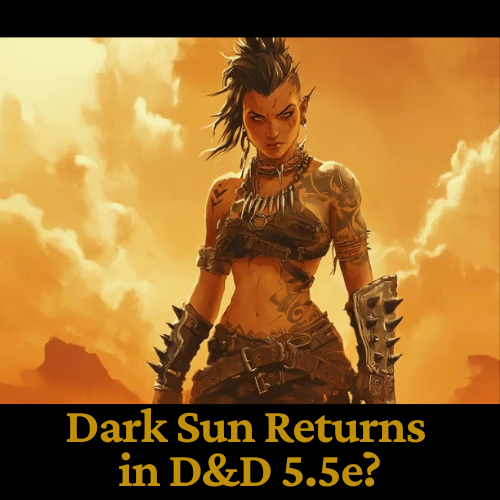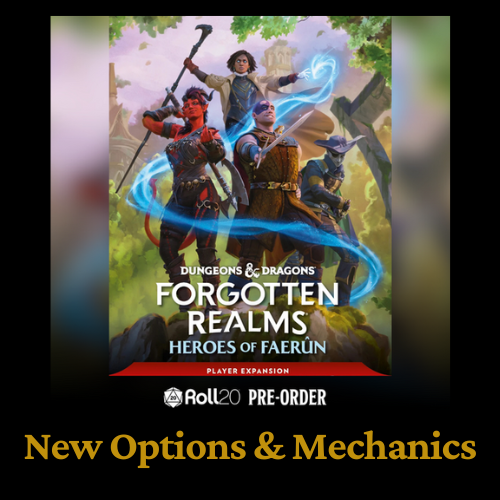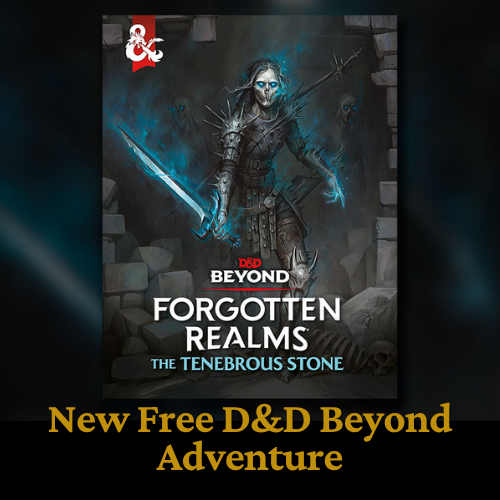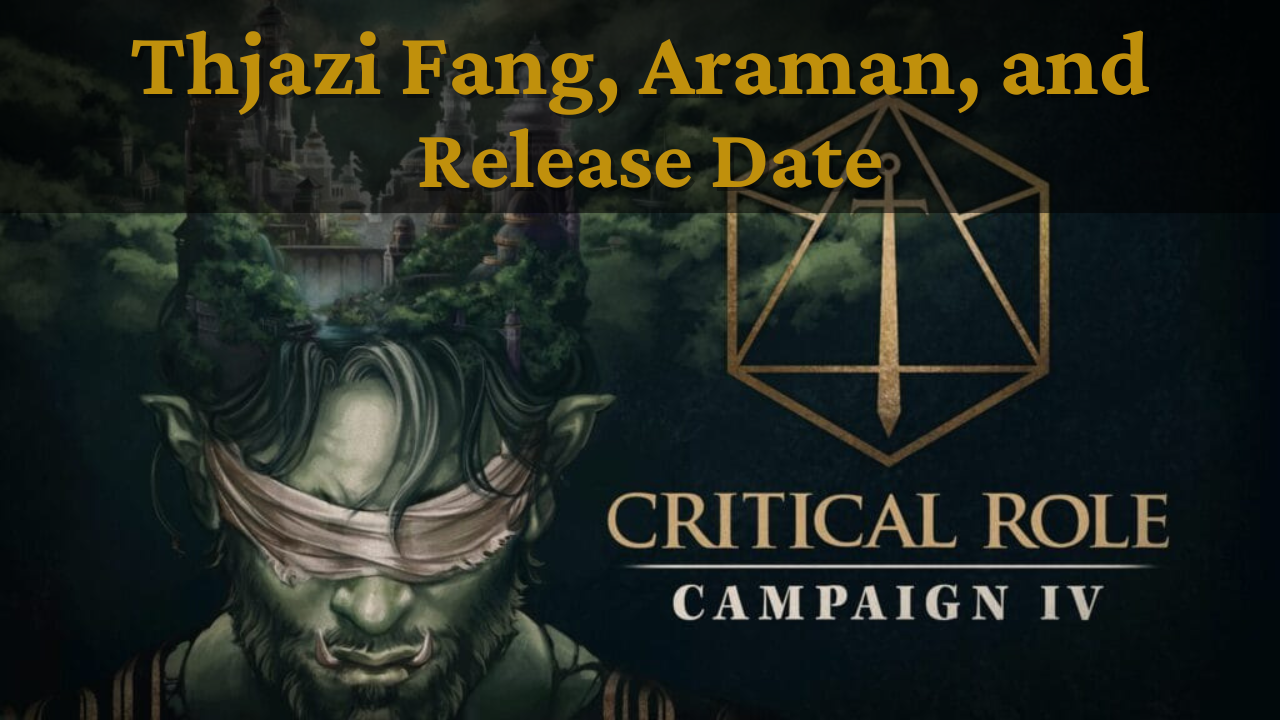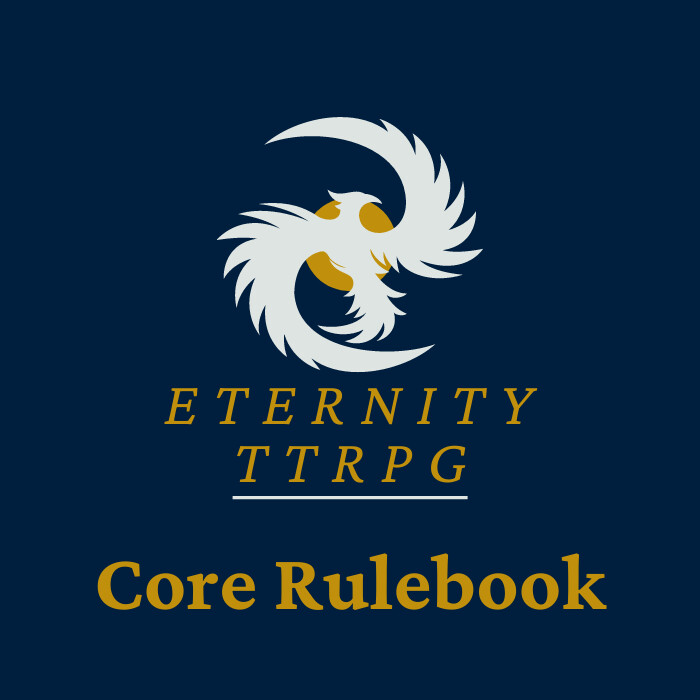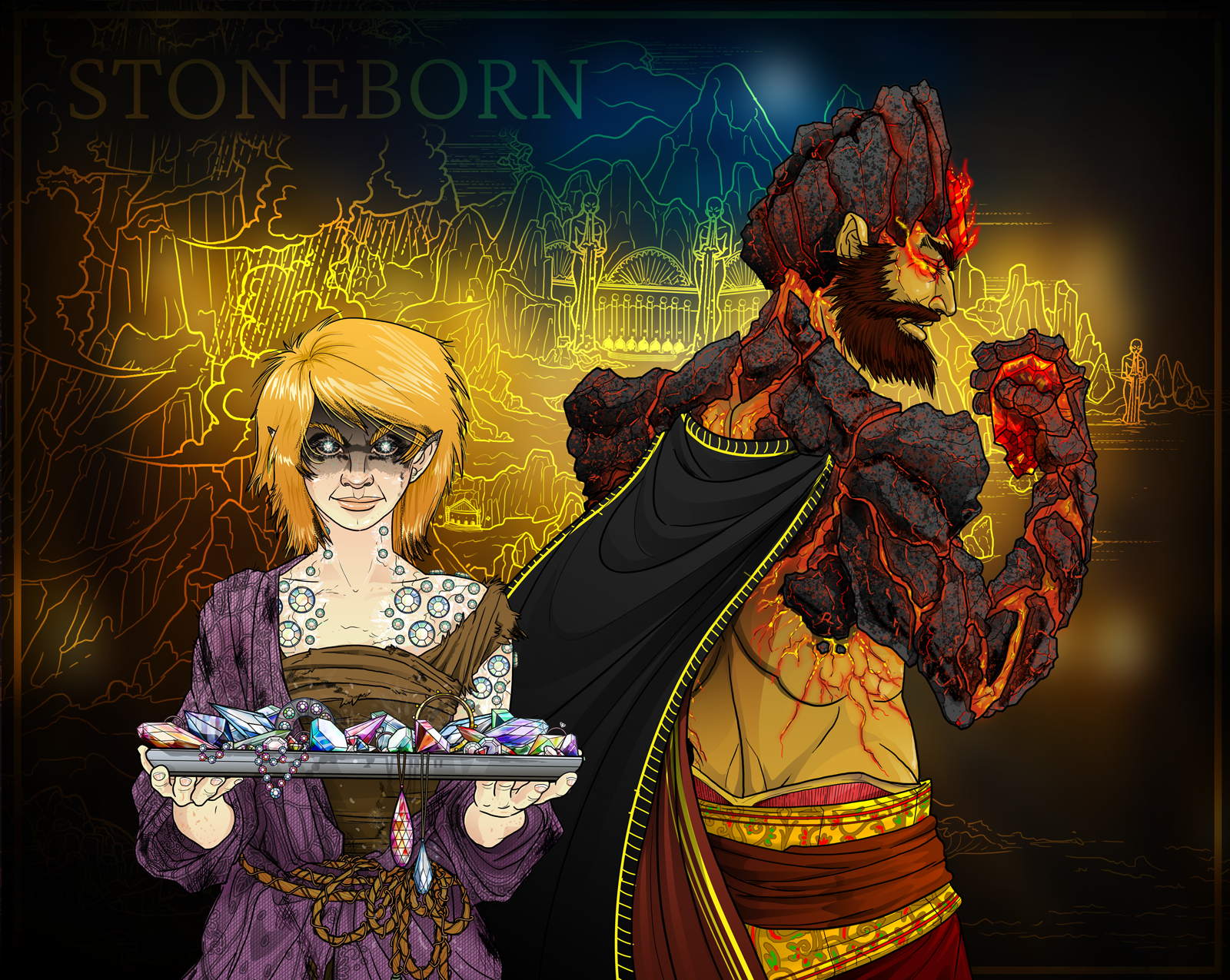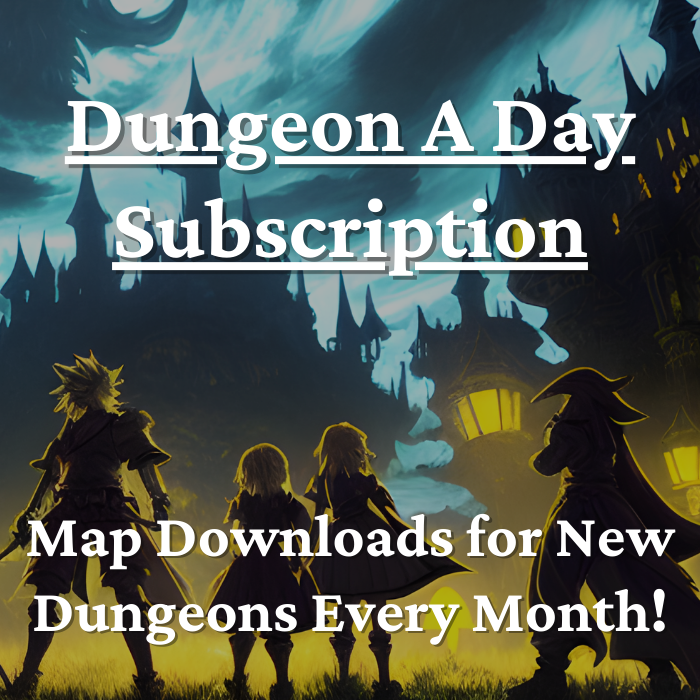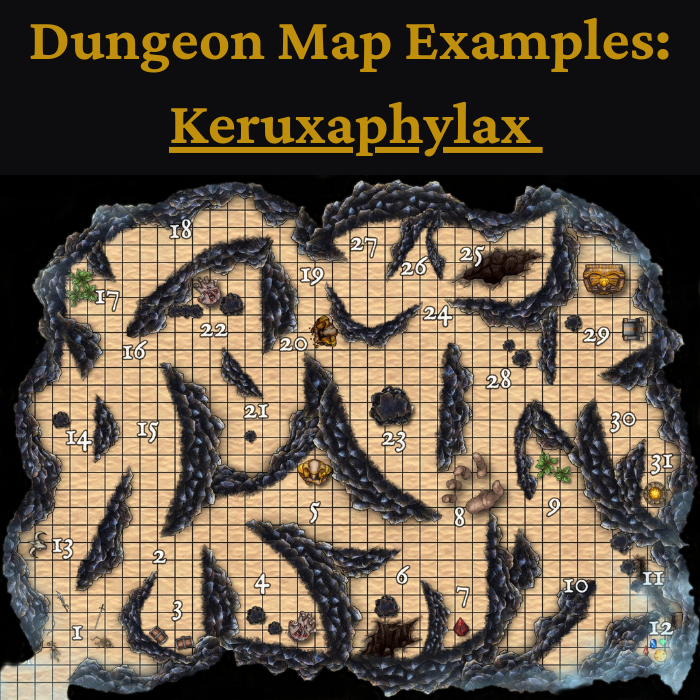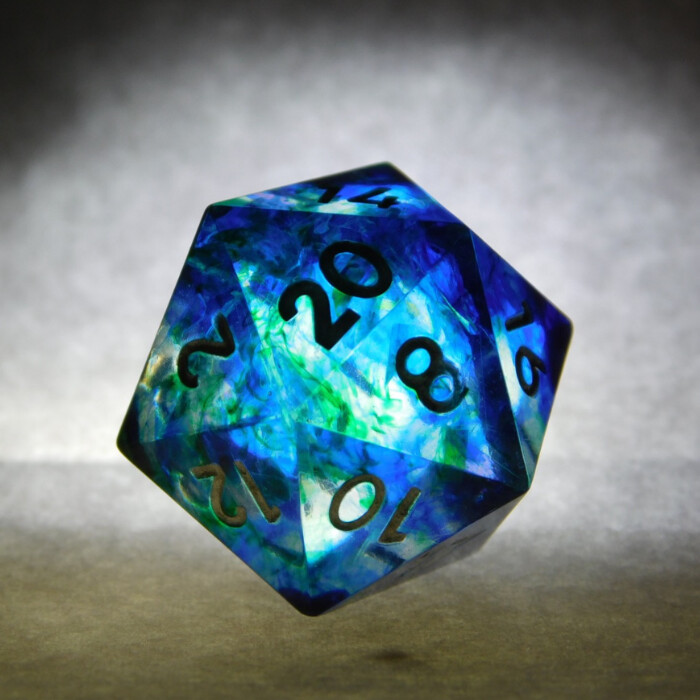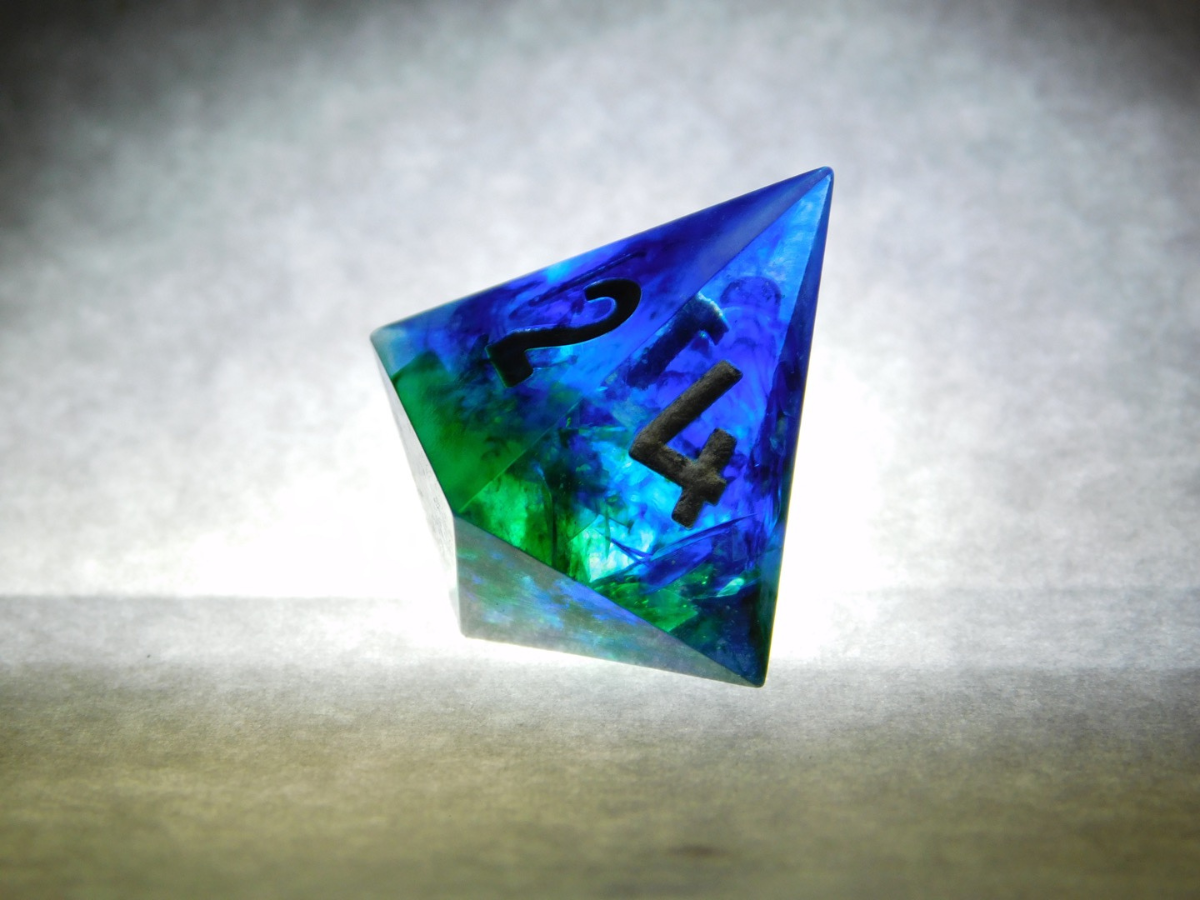Critical Role's Campaign 4 Trailer Looks to be Heralding a Great Story
Transcribed content from our recent YouTube video: https://www.youtube.com/watch?v=Tv9HBlNaSMY
Transcription
Critical Role just dropped the story trailer for Campaign 4. It is looking like a bold campaign. We’re talking a brand-new world, an incredible 13 player characters, and a plot that kicks off with the execution of a revolutionary firebrand named Thiatzi Fang (we’ll see if I got that pronunciation right). Oh—and if you didn’t see my last video on the topic or you haven’t heard, Brennan Lee Mulligan is DMing this campaign while Matt Mercer will be a player.
Welcome back to Eternity TTRPG—your portal of divination into all things Dungeons & Dragons.
First up with campaign 4—the setting. Unlike every previous Critical Role story, Campaign 4 leaves Exandria behind entirely. Instead, we’re venturing into Araman, a godless realm still haunted by the echoes of dead deities and a rebellion that shook the land 80 years ago. This isn’t just new lore, but a blank canvas, making it perfect if you’ve never watched Critical Role. There’s no prior knowledge required, which is perfect for new fans, but also a fresh start for longtime Critters.
The trailer centers on Thiatzi Fang, a revolutionary who led something called the Falcon’s Rebellion twelve years back. Now, he’s been captured, condemned, and set to be executed by the mysterious Sundered Houses. Fang himself calls the Revolutionary Council a shadow of its former glory, while hinting at the unfinished war against the gods of Araman. So already, we’re looking at political intrigue, rebellion, and a potential spark for civil war.
This time, Critical Role also isn’t just one party. That is to say, because there’s 13-players, they’re actually split into three connected, but altogether different parties. Each of these parties also has a name, describing their main focus in the campaign: The Seekers, the Soldiers, and the Schemers.
This setup is packed with themes that Critical Role’s new DM, Brennan Lee Mulligan thrives on—iconoclasm, unity, and tension between hope and despair. The godless world of Araman asks: Without the Gods, who will seize the crown? Fans are buzzing that this campaign might explore things akin to segments from Game of Thrones, but with more dice rolls and way more crying.
If you want to check it out, Campaign 4 launches October 2nd at 7 PM PT, streaming on Twitch, YouTube, and Critical Role’s Beacon service.
Like I mentioned in my last video on Critical Role, they’ll be using the 2024 D&D 5e rules, with some special homebrew added by none other than Jeremy Crawford and Chris Perkins.
And yes, you can jump in totally fresh if you want to see what Critical Role’s all about—no prior Exandria knowledge required.
So—what do you think? Is Thiatzi Fang a hero, a villain, or something much more complicated? And which of the three parties are you most hyped to see—the Seekers, Soldiers, or Schemers? Drop your thoughts in the comments, and let’s get the speculation for this season’s campaign rolling.
And lastly, if you liked this quick update, don’t forget to like, subscribe, and ring that bell so you don’t miss our usually bi-weekly dives into the biggest stories in the D&D universe.
Until next time—may your rolls be high, and your executions be… postponed.
Dice, Dungeons, Games & More - Eternity TTRPG
Share This Article

Author - Jacob Tegtman
Dear reader, I hope you enjoyed this article. Tabletop gaming has been a passion of mine since I was 6 years old. I've played just about every game from Dungeons and Dragons to video games like Final Fantasy. These games have inspired me, made me laugh, made me cry, and brought me endless hours of enjoyment.
I started Eternity TTRPG - and the indie tabletop game that goes along with it (Eternity Shop) - to share my love of gaming with others. I believe that in our technology-driven age, tabletop games help bring a sense of magic and community back into our world.
If you love the site, please share it with others! I have lots of gaming-related material for you to peruse and use in your own gaming sessions. If you have any questions about the site or want to contribute, just send me a message using the "Contact" page, which you can find in the site's footer.
